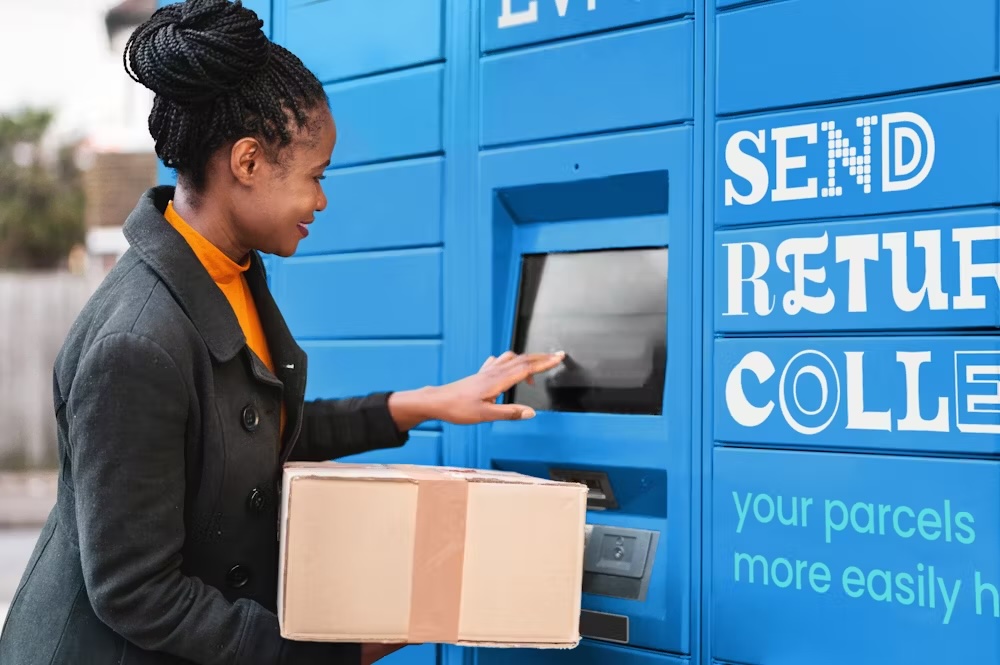Last week’s invitation-only Tesco innovation day saw customers come up with 800 “decent, coherent ideas” and the wraps taken off extra features in the supermarket’s new online API, Nick Lansley, Tesco’s head of R&D, has revealed in his blog.
Some 70 customers spent the day imagining improvements to the online shopping experience and ways in which the supermarket giant could capitalise on the power of the internet. The brief for the day included looking at:
- How to make the online shopping experience better than in-store
- How to help customers spend less on their weekly grocery shop
- How to harness the potential of mobile and emerging technologies such as smart phones, internet TV and set top boxes
- How to give customers inspiration for their weekly grocery shop
- How to harness the power of social networking
- How to help customers shop more quickly and easily
With the help of hired innovation facilitators the group spent the morning coming up with an astonishing 800 ideas, which were then voted on to arrive at a single winning idea for further exploration. Lansley says “The winner was an imagined device called a ‘T-Scanner’ that a customer could have on their keyring. The T-Scanner would contain a barcode scanner which would be used to ‘collect’ barcodes of grocery products they liked as they went about their daily lives.
“They would then insert the scanner into a USB slot on their computer and upload all the product ideas to a Tesco grocery list for final selection.”
In a separate evening session invited software developers learned more about the supermarket’s new API, including new facilities in the forthcoming beta version. These include an ‘ideas inbox’ — a multimedia storage area for each customer that can hold text, images, audio and video. The idea is that customers don’t have to immediately translate ideas into products on a shopping list, and can instead store a photo of the label on a bottle of wine they are enjoying in a restaurant, or a spoken phrase, as a reminder to be brought up when they compile their shopping list.
“When it comes to place the order, the customer can examine their ideas inbox and search for real grocery items — or allow the help of a third party application which they give permission to plug in to their inbox and use the specialist intelligence to suggest products based on media items.” says Lansley. “Examples might be a speech recognition service or a site that specialises in deciphering wine labels or photographed barcodes.”
The supermarket also revealed more about its affiliate scheme, which allows developers to earn awards based on attracting new customers and the contribution their application makes to a customer’s grocery order.
Lansley says that the aim now is to continue developing and refining the API with a view to handing it over to the supermarket’s production developers for implementation “during 2010” — but warns that, although everything is going in the right direction “We need to be sure that the business is happy. The Tesco API is a research project for good reason: this has not happened in grocery before and Tesco.com needs to be sure we don’t have something that runs out of control in some way (financially, legally, security-wise). So this project will take slow, careful steps so we do not rush into the unknown.”








